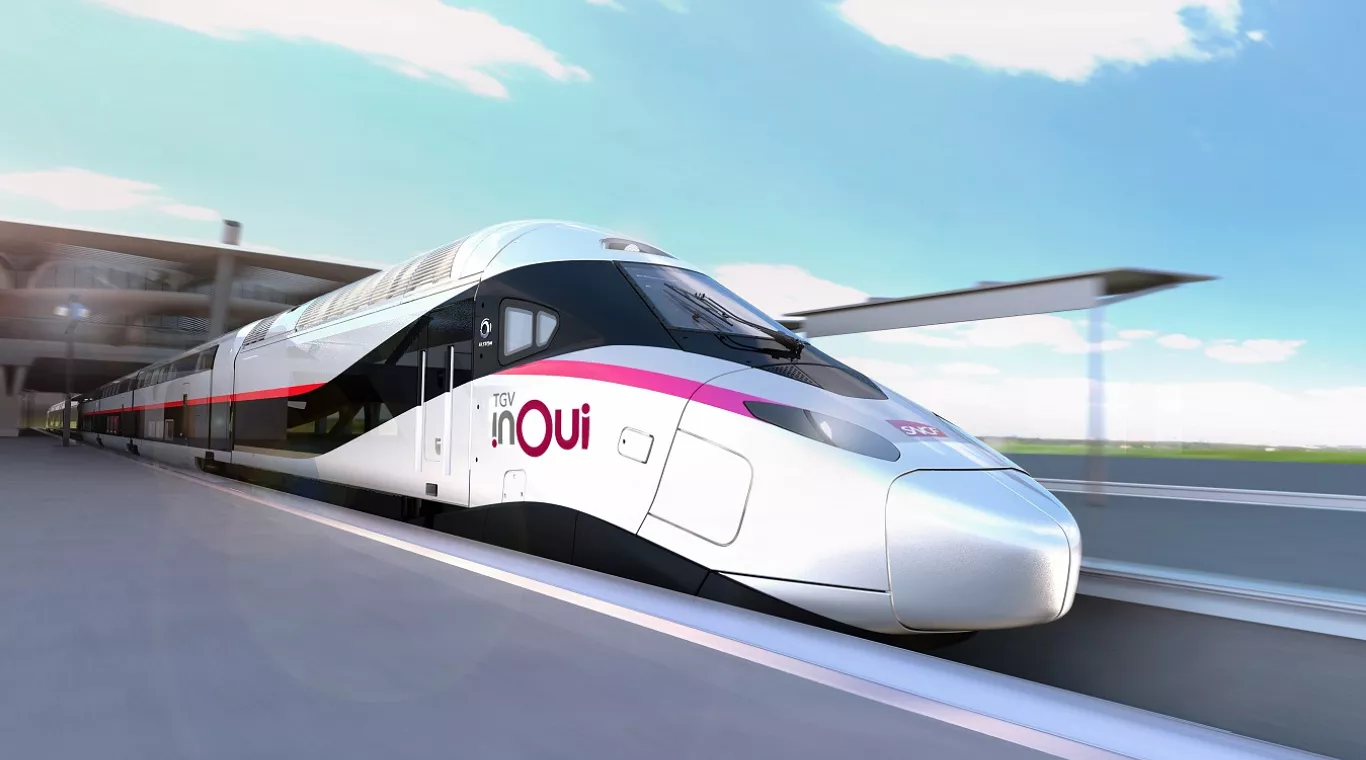As technology continues to advance, so too does the realm of train travel. The next generation of train technologies promises to revolutionize the way we think about rail transportation, offering faster speeds, increased efficiency, and enhanced passenger comfort. From magnetic levitation to hydrogen-powered trains, here’s a glimpse into the future of train travel.
- Maglev Trains: Magnetic levitation (maglev) trains use powerful magnets to levitate above the tracks, eliminating the need for traditional wheels and rails. This technology allows maglev trains to travel at incredibly high speeds, potentially reaching speeds of over 300 miles per hour (480 kilometers per hour) or more. Maglev trains offer a smoother ride and reduced noise levels compared to conventional trains, making them an attractive option for high-speed rail networks in the future.
- Hyperloop: Conceived by entrepreneur Elon Musk, the hyperloop is a futuristic transportation concept that involves sending passenger pods through a vacuum tube at incredibly high speeds. Propelled by magnetic forces and powered by renewable energy sources, hyperloop systems have the potential to revolutionize long-distance travel, drastically reducing travel times between major cities. While still in the experimental stage, several companies are actively developing hyperloop technology, with test tracks and prototype systems in various stages of development.
- Hydrogen-Powered Trains: Hydrogen-powered trains utilize hydrogen fuel cells to generate electricity, which powers electric motors to drive the train. Unlike diesel-powered trains, hydrogen trains emit only water vapor and heat as byproducts, making them a cleaner and more environmentally friendly option for rail transportation. Several countries, including Germany and the United Kingdom, have already introduced hydrogen-powered trains on their railways, with plans to expand their use in the coming years.

- Autonomous Trains: Autonomous or driverless trains are equipped with advanced sensors, cameras, and artificial intelligence algorithms to operate without human intervention. These trains are capable of automatically controlling acceleration, braking, and navigation, resulting in increased safety, efficiency, and reliability. While fully autonomous trains are still in the testing phase, they hold the potential to revolutionize rail transportation by reducing operating costs and improving service quality.
- Smart Infrastructure: The next generation of train technologies also includes advancements in infrastructure, such as smart sensors, predictive maintenance systems, and digital signaling systems. These technologies enable rail operators to monitor track conditions in real time, identify potential maintenance issues before they occur, and optimize train schedules for improved efficiency. By investing in smart infrastructure, rail networks can enhance safety, reliability, and capacity, providing a more seamless travel experience for passengers.
As the world continues to urbanize and populations grow, the demand for efficient and sustainable transportation solutions will only increase. The next generation of train technologies offers a glimpse into a future where train travel is faster, cleaner, and more interconnected than ever before. By embracing these advancements, we can pave the way for a more sustainable and efficient transportation system for generations to come.


